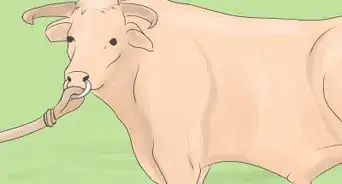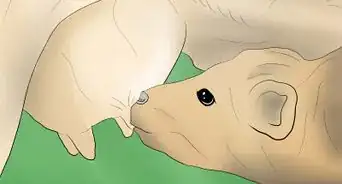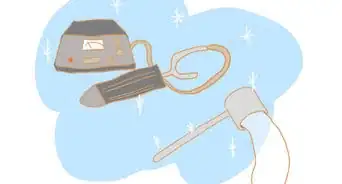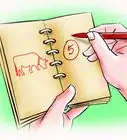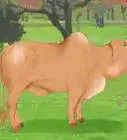This article was co-authored by Karin Lindquist, a trusted member of wikiHow's volunteer community. Karin Lindquist earned a BSc in Agriculture as an Animal Science major from the University of Alberta, Canada. She has over 20 years of experience working with cattle and crops. She's worked for a mixed-practice veterinarian, as a sales representative in a farm supply store, and as a research assistant doing rangeland, soil, and crop research. She currently works as a forage and beef agriculture extension specialist, advising farmers on a variety of issues relating to their cattle and the forages they grow and harvest.
wikiHow marks an article as reader-approved once it receives enough positive feedback. This article received 15 testimonials and 91% of readers who voted found it helpful, earning it our reader-approved status.
This article has been viewed 426,441 times.
Learn more...
Artificial Insemination (AI) is the second-most common practice of breeding livestock--well, it's the only alternative to breeding livestock next to natural breeding using a male over females. AI is, however, much more common in dairy production than in beef production, though AI is gaining ground in beef breeding herds due to the increased access and marketing of superior and favourable proven sires. Knowing how to AI cattle is important in order to achieve a high success rate in cattle breeding herds where owning a herd bull is not profitable nor recommended.
The following steps are a reasonably detailed article of what is involved in AI'ing cattle. In order to fully understand how AI is done and to even gain certification for being able to AI livestock, visit a bull semen marketing company like Semex, Genex, Select Sires, or any other bull-semen dispersal company. Check to see if they host any programs for AI certification or becoming a certified AI tech that you can attend to learn more about artificial insemination.This is helpful if you have not yet got a bull to help you breed.
Please also consider using an experienced certified AI tech to AI your cows. These people are better to use than training yourself to do it.
Steps
Watch the Females, then Get them In
-
1Watch your cows and/or heifers for signs of estrus. Females go into heat once every ~21 days, and the heat periods themselves last for 24 hours.[1]
- Check out this article: How to Tell if a Cow or Heifer is in Estrus for physiological, behavioral and physical signs of heat.
- Most heat periods start or end around dusk or dawn.
- Check out this article: How to Tell if a Cow or Heifer is in Estrus for physiological, behavioral and physical signs of heat.
-
2Twelve (12) hours after estrus is when females should be AI'd. This time period is when the female ovulates, sending an ovum out to the fallopian tube to await fertilization from sperm from a bull.[2]
-
3Calmly, with proper handling practices put the heifers or cows in to the working alley to the squeeze chute (or alleyway with just a head gate is good enough), and catch the first female in the head gate. If there are others behind her, make sure they are back behind another gate to prevent them from squishing you when they try to move up further in the race. If you have a squeeze chute with a palpation cage attached to it, use this as a means to do your AI'ing. Some barns are set up so that each cow is in a stanchion or head-catch lined up beside one another. This is very convenient for the AI tech who has to AI over 50 cows in one day!
- If doing AI outside, it is best to do it on sunny warm days, not when the weather is rainy or windy or even stormy. If you have a facility that is set up inside a shed or barn, so much the better!
Preparations Prior to Insemination
-
1Prepare a water bath that is between 90 to 95 degrees Fahrenheit (or 34 to 35 degrees Celsius) in a thermos. Use a thermometer for better accuracy.
-
2Identify which canister contains the semen you need. A semen inventory on the tank that keeps track of the location of each bull prevents any unnecessary searching.
-
3Remove the canister from its storage location to the center of the tank. Lift the canister just high enough into the neck region of the tank to grasp the desired cane of semen. Keep the tops of the canister or canes no higher than the frost line, or two to three inches from the top of the tank.
-
4Grasp the desired cane then immediately lower the canister to the tank floor. Keep the cane as low inside the tank as possible while removing the straw of semen with tweezers.
- You only have 10 seconds to take the semen straws out!!!
-
5Shake the straw to remove excess liquid nitrogen (nitrogen quickly goes into a gaseous state when exposed to air and warmer temperatures)
-
6Immediately place it the prepared thermos of water and keep it in there for 40 to 45 seconds.[3]
- The warm water should be around 95ºF (35ºC) for optimum thawing of the semen straws.
-
7After the straw is put in to the warm water, put the can back in the canister by raising the canister up and over the cane and return the canister to its storage position.[4]
- Anytime it takes over 10 seconds to locate a cane the canister must be lowered back into the tank to cool completely. Never return a unit of semen to the tank once you've removed it from the cane.
-
8Get your AI gun ready by having it pre-assembled (this should be done before/after you prep the thermos with warm water. If it's cold outside, warm the "business end" of the gun up in your coveralls close to your body so it warms up completely. Rubbing a paper towel on the rod also helps warm it up. If it's hot outside, keep it in a cool place. The AI gun should not be extremely hot nor cold to the touch.
-
9Remove the straw from the thermos and wipe it dry with a paper towel. It should be completely dry before you do anything else with it. Flick your wrist slightly, while holding the crimped end, to adjust the air bubble in the straw. The flick should move the bubble to the end you are holding
-
10Put the straw in the rod. Clip 1/2" (or 1 cm) from the crimped end of the straw. Use sharp scissors or specially designed straw-cutter scissors should be used, and cut in the area that the air bubble is located.
-
11Wrap the AI gun in a clean dry paper towel or protective sheath and tuck it in your clothing close to your body to both transport it to the cow and to maintain a constant temperature.
Artificially Inseminating the Female Bovine
-
1Move the tail so it's on top of your left forearm or tie it up so it will not interfere with the AI process. Raise the tail with one hand (preferably the right) and with the other (which should be gloved and lubricated), gently reach inside the cow to clean out any feces that may interfere with the process of feeling for and inserting the AI gun into the cow's vagina.
-
2Clean the vulva with a clean paper towel or rag to remove excess manure and debris.
-
3Take the gun out of your jacket or overalls, unwrap it, then insert it at a 30 degree angle into the cow's vulva. This is so that you avoid going into the urethral opening into the bladder.
-
4With your left hand in the rectum of the cow (which should have been there to begin with), feel with your finger tips through the wall of the rectum and vagina the location of the end of the AI gun until you reach the cervix.[5]
-
5Grasp the cervix with the hand in the rectum of the cow (like you would hold a bar that is below your hand) and hold it steady while you thread the rod into and through the cow's cervix.
-
6When the rod is all the way through the cervix, check the location with your index finger. The rod should be only 1/2 to 1/4 of an inch into the uterus.[6]
-
7Slowly depress the plunger at the end where your right hand is so that 1/2 or is deposited.
-
8Recheck the location of the semen to make sure you are in the cow's uterus and not in any of her "blind spots" (see tips below), and deposit the other half of the straw's contents.
-
9Slowly remove the AI gun, your hand and arm from inside the cow. Check for any blood, infection or semen "feedback" from inside the sheath.
-
10Recheck the straw to see if you used the right bull semen for the cow.
-
11Dispose the straw, glove, and towels in the proper place.
-
12Clean the AI gun if necessary.
-
13Record breeding information on any record keeping system you have on hand.
-
14Release the cow (if necessary, depending on the breeding set-up you have) and restrain the next one to be inseminated.
-
15Recheck the temperature of the water in the thermos before repeating the steps above for another cow.
-
16Repeat the steps above for the next cow.
Community Q&A
-
QuestionWhat is artificial insemination in cattle, in simple terms?
 Community AnswerArtificial insemination, as noted by the article above, is impregnating cattle with bull semen minus the bull. Semen collected from the bull is frozen then unfrozen and put into the cow as described above. It eliminates the risk of having a dangerous bull around, the extra feed and space needed to keep a bull, as well as the costs of fence repair if the bull should escape because he smells some other cows in heat a mile away that need his attention.
Community AnswerArtificial insemination, as noted by the article above, is impregnating cattle with bull semen minus the bull. Semen collected from the bull is frozen then unfrozen and put into the cow as described above. It eliminates the risk of having a dangerous bull around, the extra feed and space needed to keep a bull, as well as the costs of fence repair if the bull should escape because he smells some other cows in heat a mile away that need his attention. -
QuestionAt what temperature can the semen be preserved and what chemical should be used to preserve it before insemination?
 Community AnswerBefore the insemination the semen can be preserved in liquid nitrogen at -196ºC.
Community AnswerBefore the insemination the semen can be preserved in liquid nitrogen at -196ºC. -
QuestionWhy do I need to put the straw containing semen into the warm water?
 KarinTop AnswererTo thaw out the semen. When the semen comes out of the tank, it's frozen, and needs to be warmed to above room temperature so it's not so cold when it goes into the uterus of the cow, and so it "wakes up" the sperm in the semen sample so they can start moving and wiggling to the ovum as soon as they're put in the uterus. Thawed semen is also much easier to inject into the uterus than frozen.
KarinTop AnswererTo thaw out the semen. When the semen comes out of the tank, it's frozen, and needs to be warmed to above room temperature so it's not so cold when it goes into the uterus of the cow, and so it "wakes up" the sperm in the semen sample so they can start moving and wiggling to the ovum as soon as they're put in the uterus. Thawed semen is also much easier to inject into the uterus than frozen.
Warnings
- Low conception rates are common in cows done by inexperienced technicians.⧼thumbs_response⧽
- Beware of those blind spots mentioned above in Tips⧼thumbs_response⧽
- AI is actually a lot harder than it sounds. A lot of errors can be made in the location of the pipette (or rod or AI gun) in the cow's uterine tract, because often the location of the pipette is easily moved, and it is impossible to check pipette placement.⧼thumbs_response⧽
- Never artificially inseminate cows yourself unless you are very experienced and have the necessary training.⧼thumbs_response⧽
Things You'll Need
- AI tank with canisters and canes inside
- Liquid nitrogen
- Straws with desired semen
- AI gun
- Paper towels
- Straw-cutter scissors
- Thermos (preferably wide-mouthed one)
- OB lubricant
- Shoulder-length gloves
- Tweezers
- Thick gloves
References
- ↑ https://embryology.med.unsw.edu.au/embryology/index.php/Bovine_Development#Bovine_Estrous_Cycle
- ↑ http://www.selectsires.com/resources/fertilitydocs/heat_detection_timing.pdf?version=20180803
- ↑ https://extension.psu.edu/storing-and-handling-frozen-semen
- ↑ http://www.thecattlesite.com/articles/721/artificial-insemination-for-beef-cattle/
- ↑ https://www.fwi.co.uk/livestock/livestock-breeding/8-step-guide-artificially-inseminating-dairy-cow
- ↑ https://www.fwi.co.uk/livestock/livestock-breeding/8-step-guide-artificially-inseminating-dairy-cow
- http://agritech.tnau.ac.in/animal_husbandry/animhus_cattle_AI.html
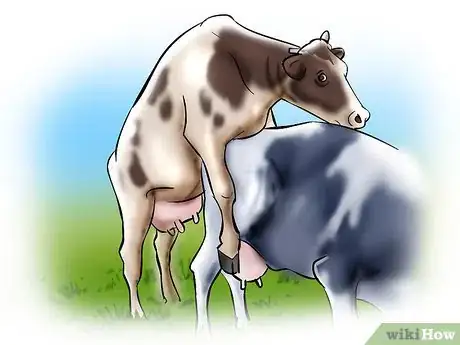
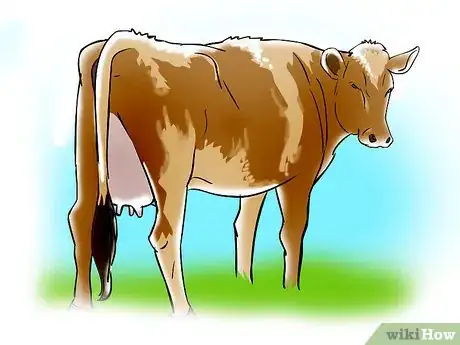
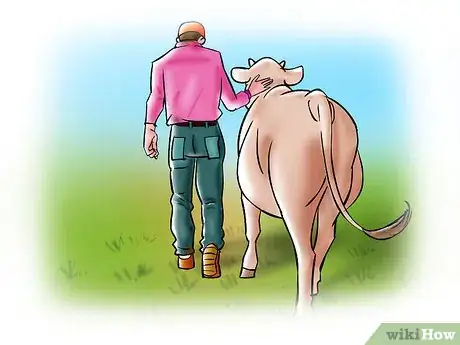

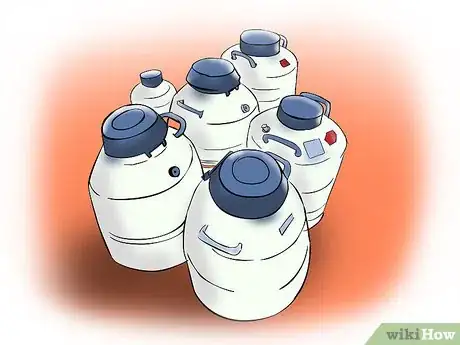

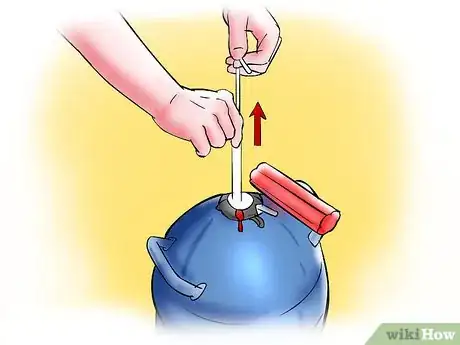
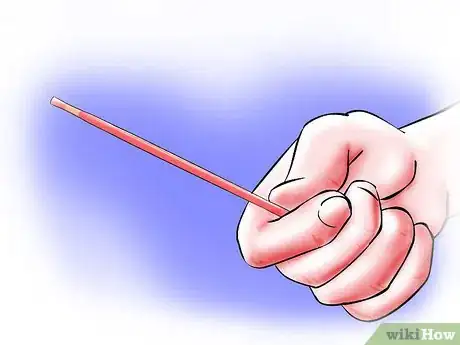
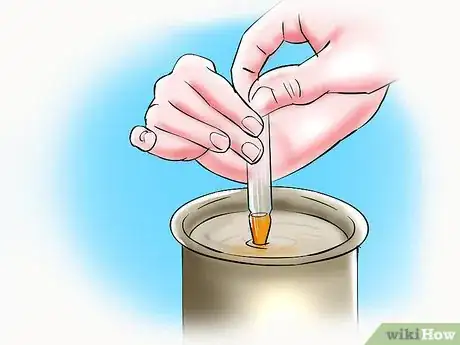
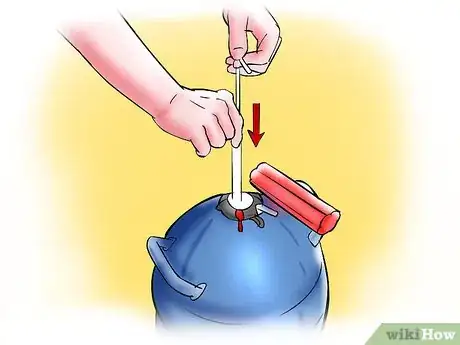
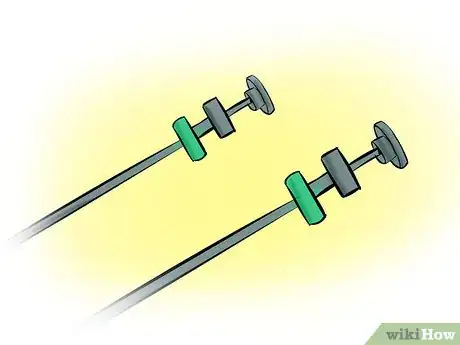
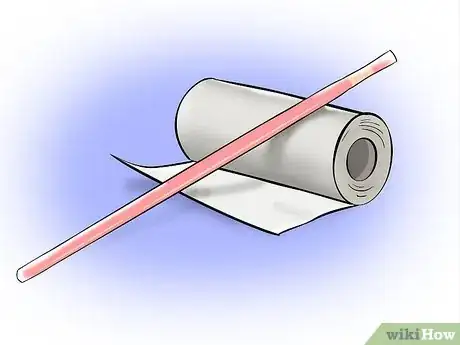
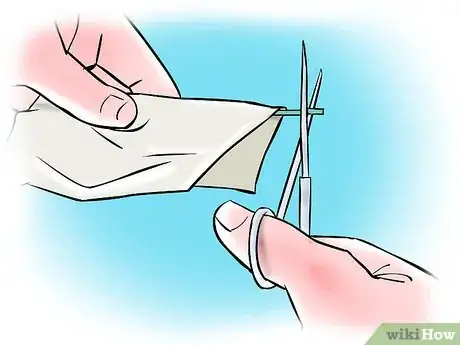
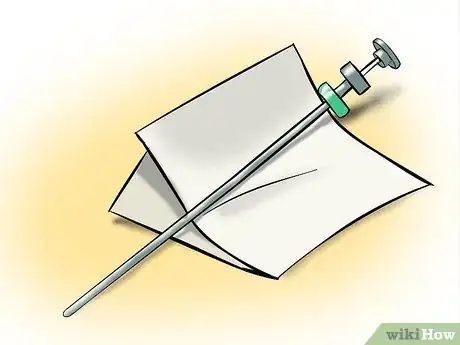
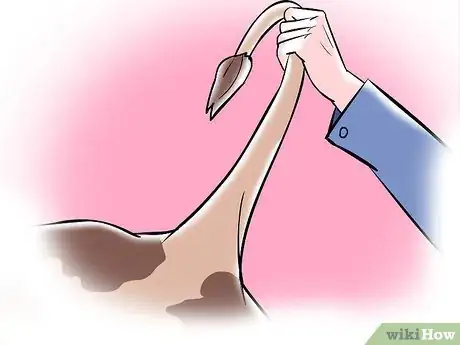
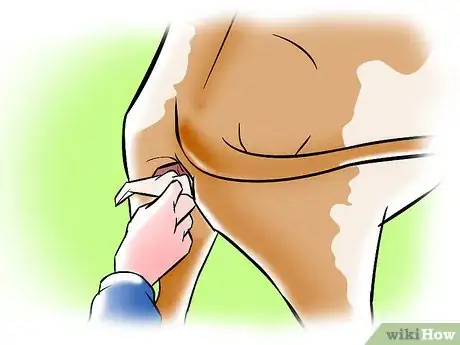
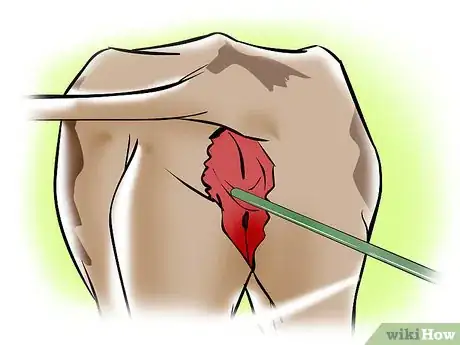
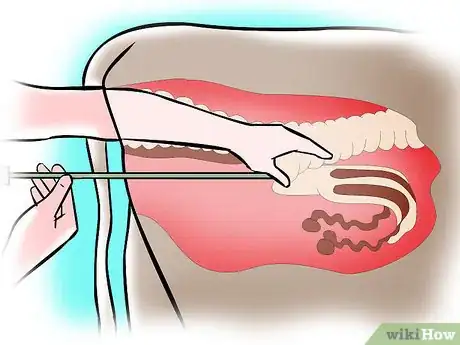

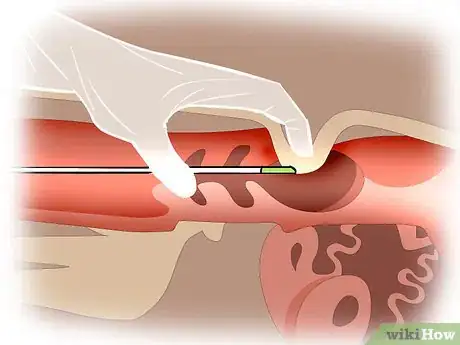
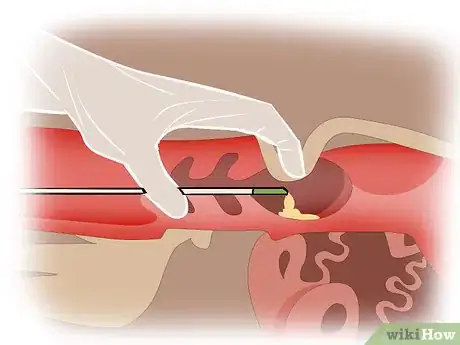

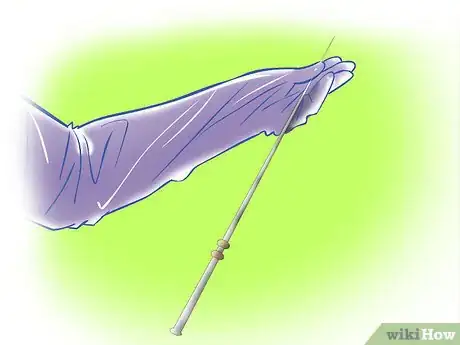
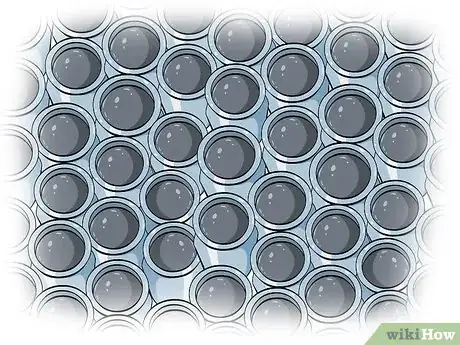
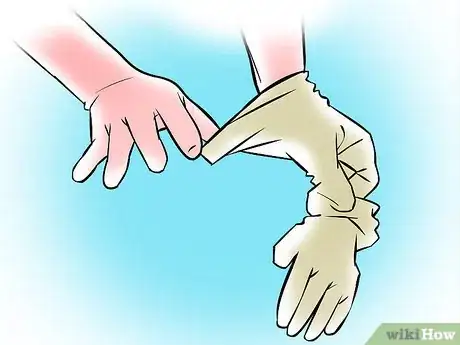
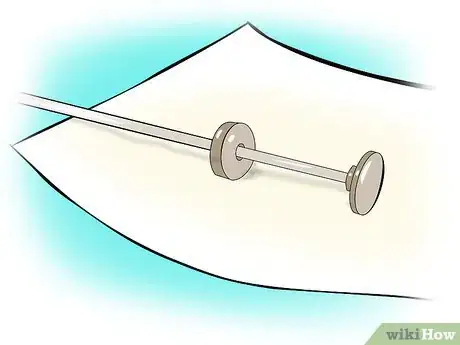

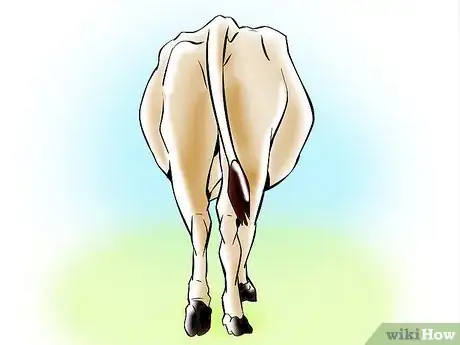
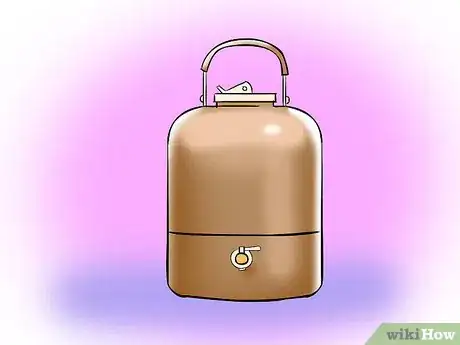


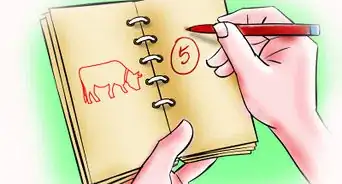

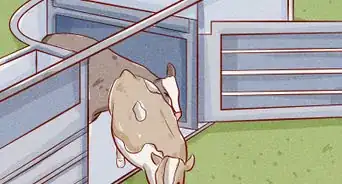
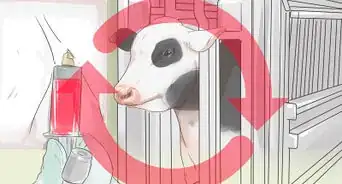
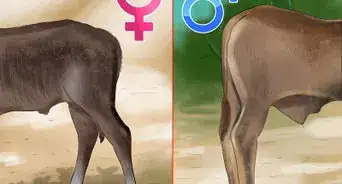
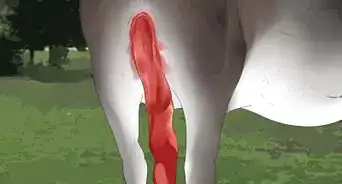
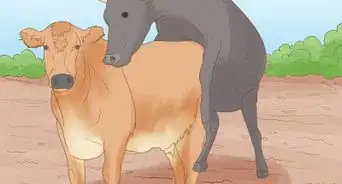

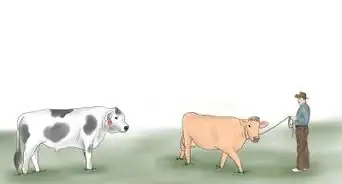
-in-Cattle-Step-6.webp)
